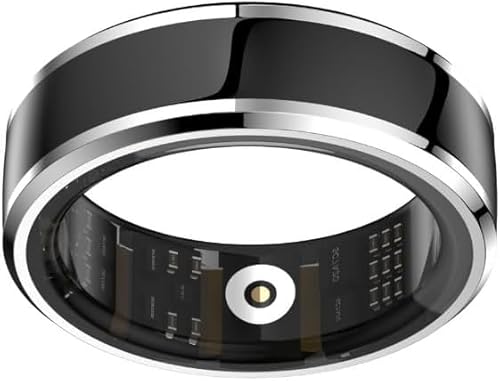pellicle
Professional Dingbat, Guru and Merkintologist
Hi
firstly, let me say thanks for sending that to me ...
worth noting from that study are these words:
and
so I feel that this supports your statement but importantly provides caution for those who choose to target the lower end of the INR range.
My view is with these valves dips into the 1.5 region are not cause for worry, but it would be better to be living in the low 2's
firstly, let me say thanks for sending that to me ...
Here is the abstract to the recent publication of the PROACT trial data.
...
Going up to 3 for short periods probably not an issue and temporary dips below two above 1.5 also no issue.
worth noting from that study are these words:
Although the high-risk AVR limb of the PROACT demonstrated that a target INR range of 1.5 to 2.0 combined with low-dose aspirin therapy can be safe and efficacious, this does not imply that an INR value at either end of the range is of equal benefit.
and
TE events were more common in high-risk AVR patients when the INR decreased to<1.5.
so I feel that this supports your statement but importantly provides caution for those who choose to target the lower end of the INR range.
My view is with these valves dips into the 1.5 region are not cause for worry, but it would be better to be living in the low 2's





















